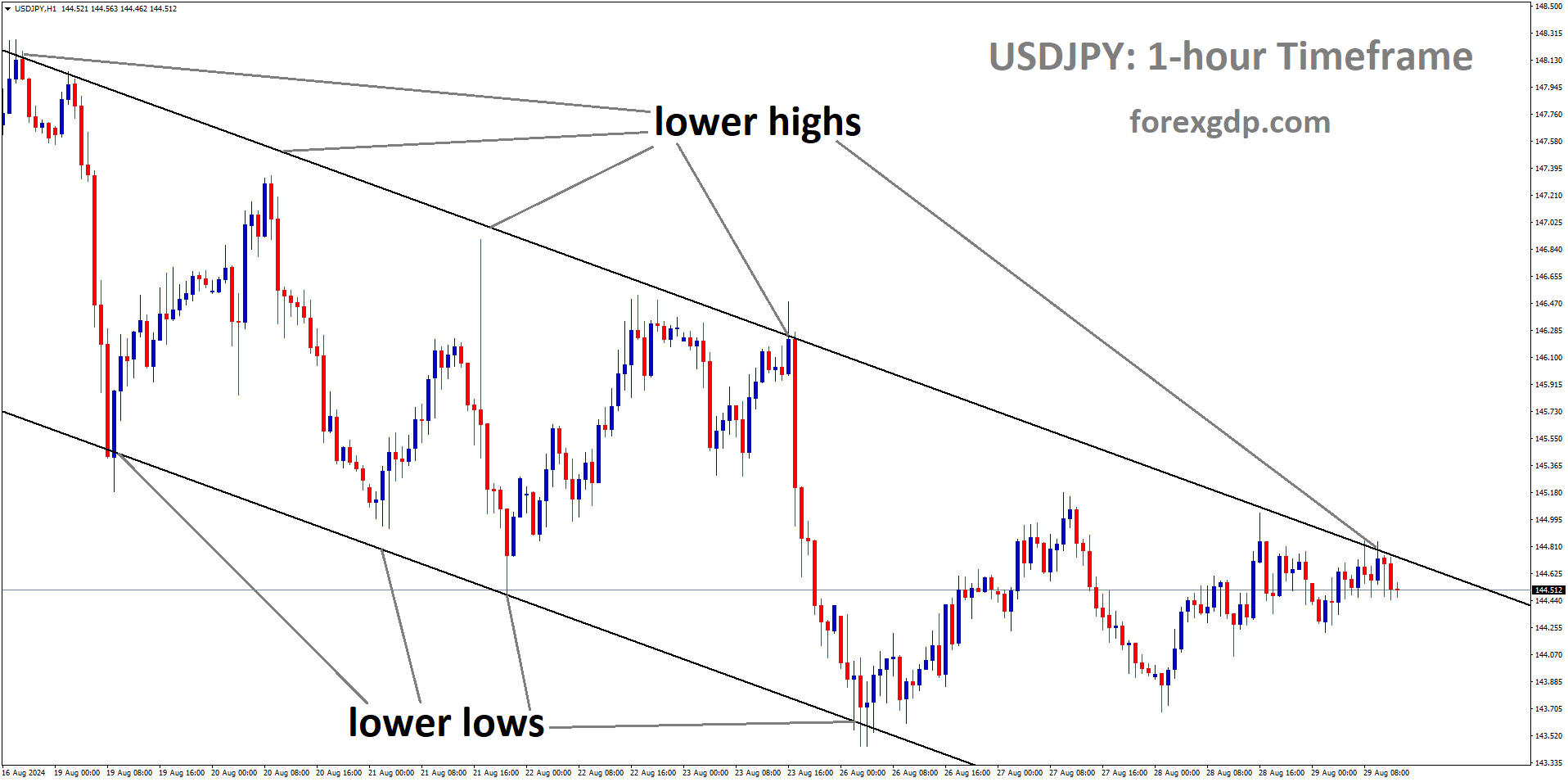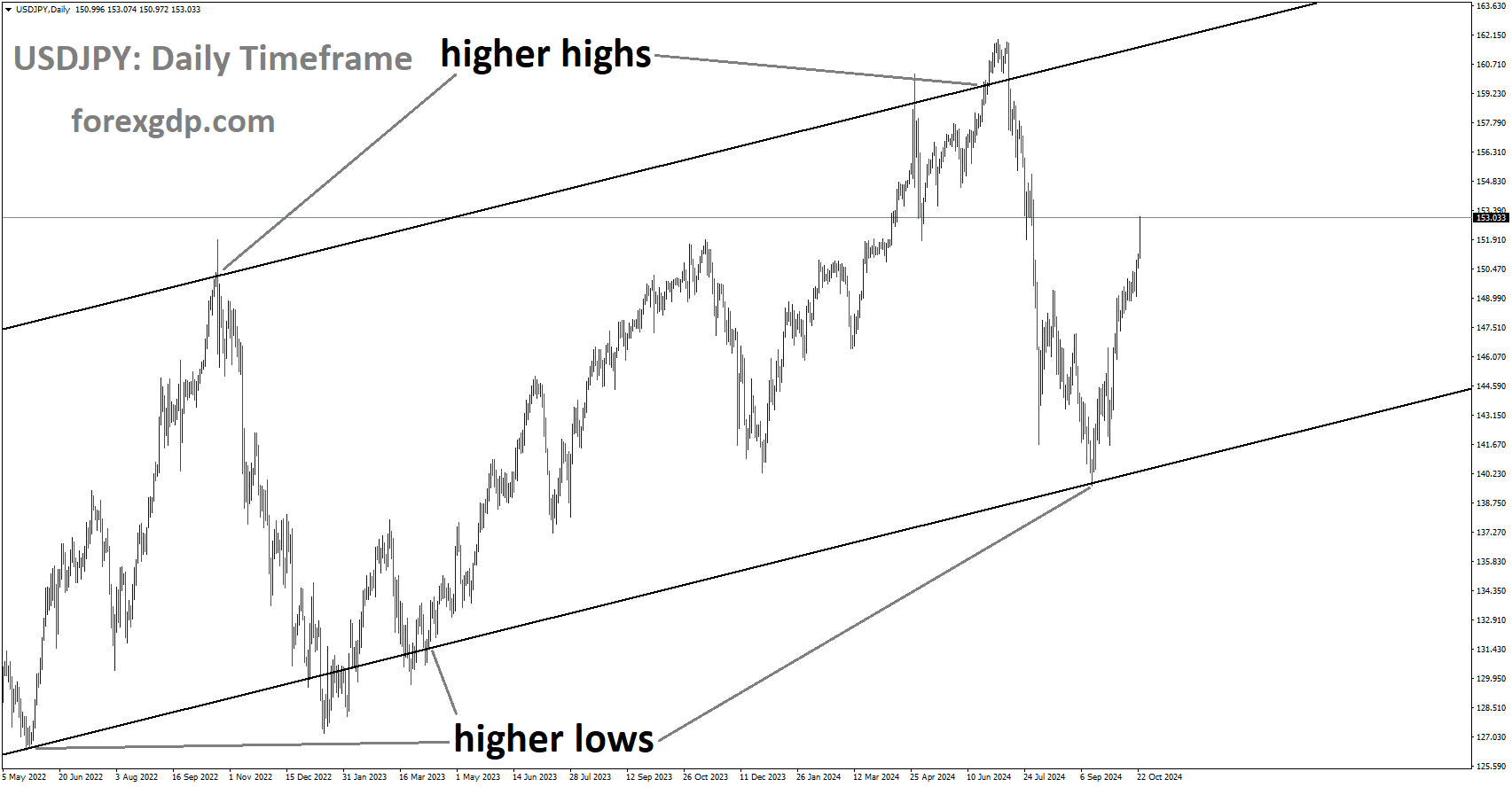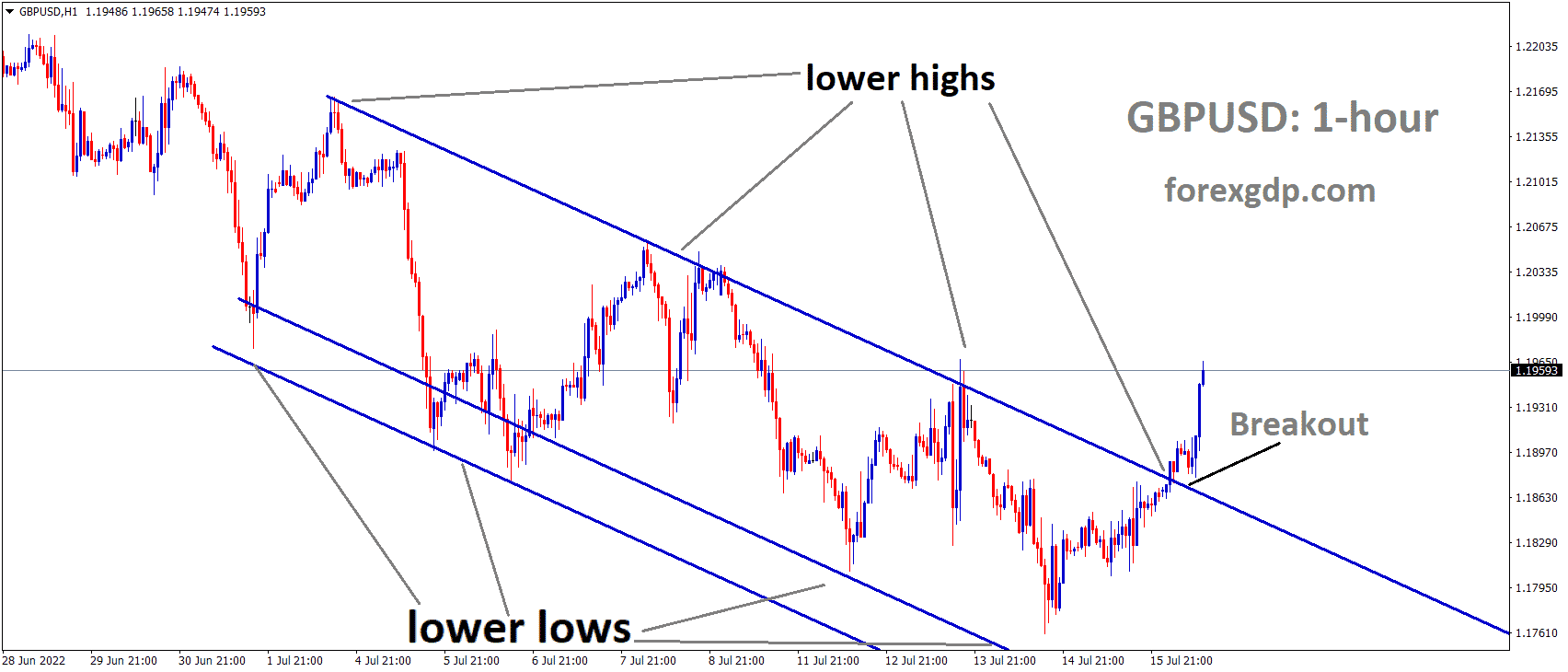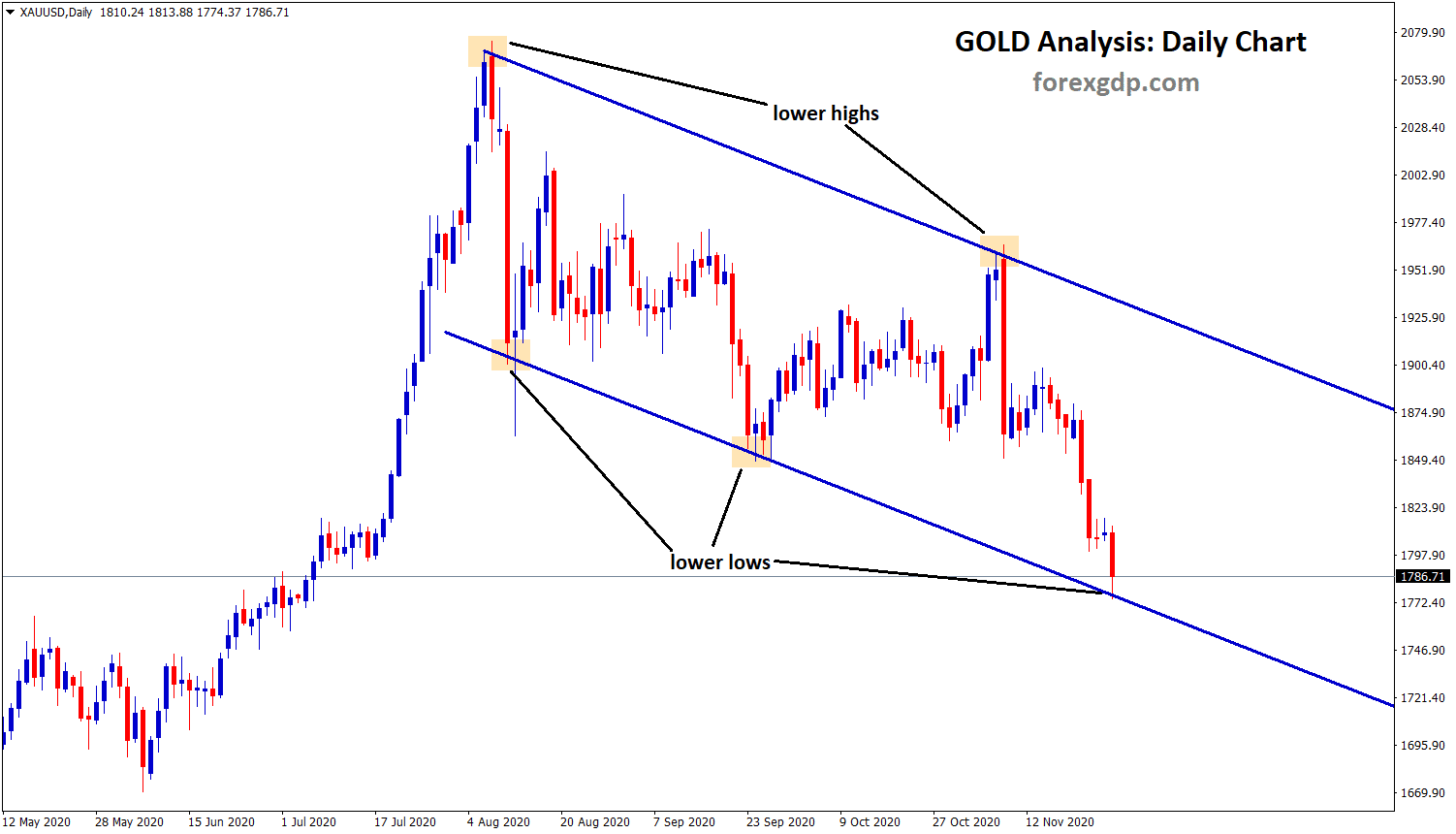USDJPY is moving in a descending channel, and market has reached the lower high area of the channel
#USDJPY Analysis Video
USD/JPY Faces Pressure Amid BoJ’s Interest Rate Hike Prospects and Fed’s Dovish Tone
The USD/JPY pair has recently seen a dip, particularly during the early Asian trading hours on Thursday. This movement reflects the ongoing dynamics between the Bank of Japan (BoJ) and the Federal Reserve (Fed), with each central bank’s stance playing a crucial role in the currency’s performance. Let’s break down what’s been happening and why the USD/JPY is struggling.
BoJ’s Interest Rate Hike Signals: What It Means for the Yen
The Bank of Japan (BoJ) has been sending clear signals about its approach to interest rates. Deputy Governor Ryozo Himino’s recent comments highlight that the BoJ is prepared to continue raising interest rates if inflation remains on track. This stance reflects the central bank’s commitment to maintaining economic stability, even as the global economy faces uncertainty.

The BoJ’s decision to consider rate hikes is not taken lightly. Historically, Japan has maintained a low-interest-rate environment to stimulate growth and combat deflation. However, with inflationary pressures mounting, the central bank is now more open to tightening its monetary policy. This shift has significant implications for the Japanese yen (JPY), as higher interest rates generally strengthen a currency by attracting foreign investment seeking higher returns.
Governor Kazuo Ueda’s remarks last week reinforced this narrative, suggesting that despite recent market volatility, the BoJ’s long-term plan for rate hikes remains intact. This consistent messaging from the BoJ indicates that we might see further interest rate increases, potentially as soon as December, according to a Reuters poll. This expectation of tighter monetary policy from Japan could continue to support the yen, putting downward pressure on the USD/JPY pair.
Fed’s Dovish Stance: A Headwind for the Dollar
On the flip side, the Federal Reserve has taken a notably different approach, which has weighed heavily on the US dollar (USD) against the JPY. The Fed, under Chair Jerome Powell’s leadership, has signaled a shift towards a more dovish monetary policy. Powell’s recent comments about the need for policy adjustments come at a time when the US economy is showing signs of slowing down, particularly in the face of global economic headwinds.
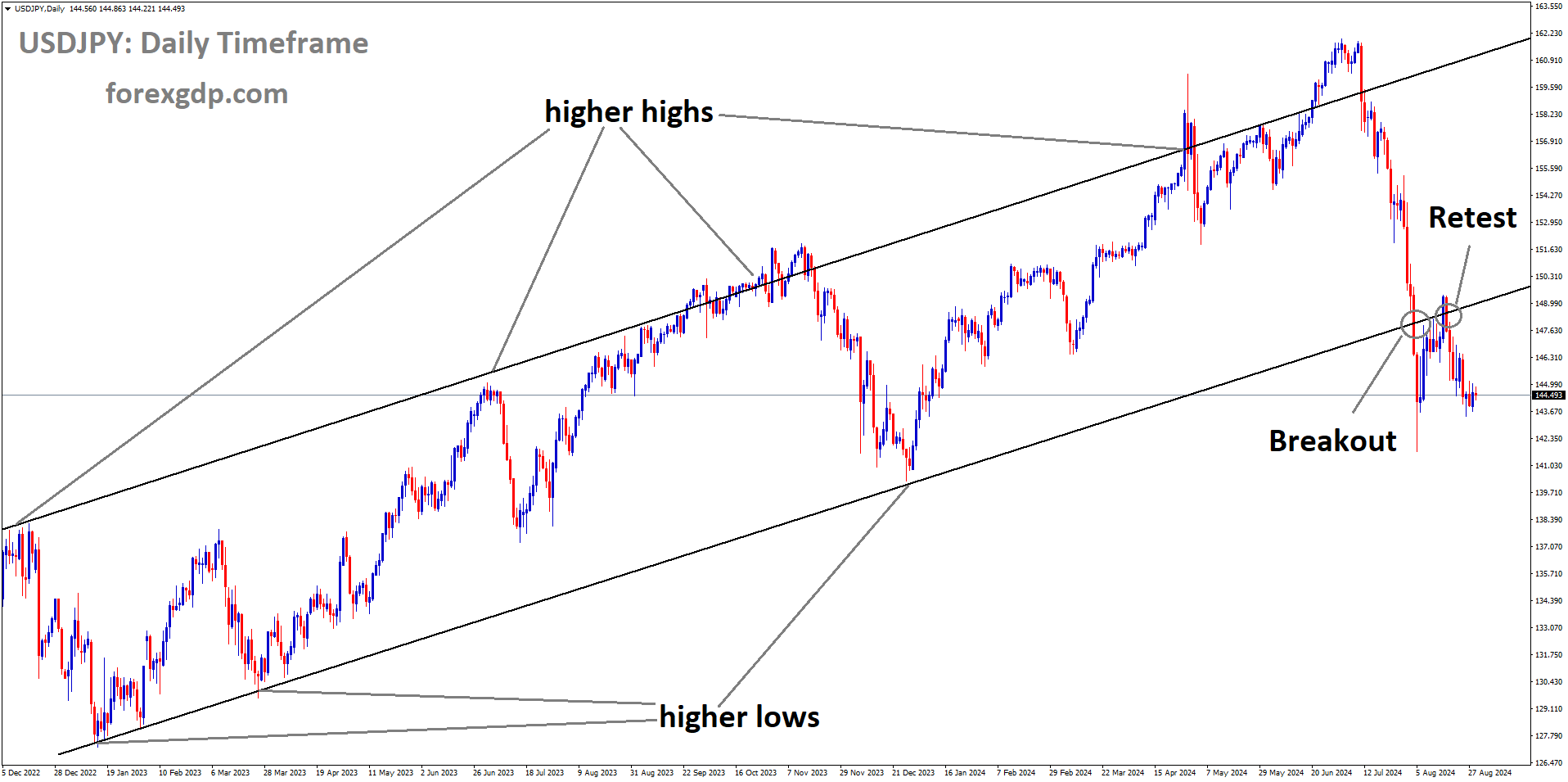
USDJPY is falling after retesting the broken Ascending channel
The market has responded to the Fed’s dovish tone by pricing in a rate cut. According to the CME FedWatch Tool, there’s a high likelihood that the Fed will cut rates by 25 basis points in September. Additionally, there’s also a possibility of a more substantial rate cut down the line, which has further dampened the USD’s appeal.
This divergence between the BoJ’s potential rate hikes and the Fed’s likely rate cuts creates a challenging environment for the USD/JPY pair. When one central bank is on a path to tightening, while the other is easing, the currency pair tends to reflect this disparity, with the currency of the more hawkish central bank (in this case, the JPY) gaining strength.
What to Watch: Upcoming US GDP Data
Amid these central bank dynamics, all eyes are on the upcoming US Gross Domestic Product (GDP) data for Q2. Investors are keenly awaiting the second estimate, which is expected to show a growth rate of 2.8%. This data will be a critical indicator of the US economy’s health and could influence the Fed’s future policy decisions.
If the GDP numbers come in weaker than expected, it could reinforce the Fed’s dovish stance, leading to further weakness in the USD. Conversely, a stronger-than-expected GDP could provide some support to the dollar, although it may not be enough to offset the broader trend driven by the Fed’s rate cut expectations.

Final Thoughts
The USD/JPY pair is currently navigating a complex environment shaped by contrasting central bank policies. The Bank of Japan’s willingness to raise interest rates if inflation stays on course is providing support to the yen, while the Federal Reserve’s dovish tone is undermining the dollar. As these dynamics continue to unfold, the pair could remain under pressure, especially if upcoming economic data from the US disappoints.
For traders and investors, keeping an eye on central bank communications and key economic indicators will be crucial in navigating the USD/JPY’s movements in the weeks ahead. The interplay between the BoJ’s hawkish stance and the Fed’s dovish approach will likely remain a key driver of this currency pair’s performance.
Don’t trade all the time, trade forex only at the confirmed trade setups
Get more confirmed trade signals at premium or supreme – Click here to get more signals , 2200%, 800% growth in Real Live USD trading account of our users – click here to see , or If you want to get FREE Trial signals, You can Join FREE Signals Now!

